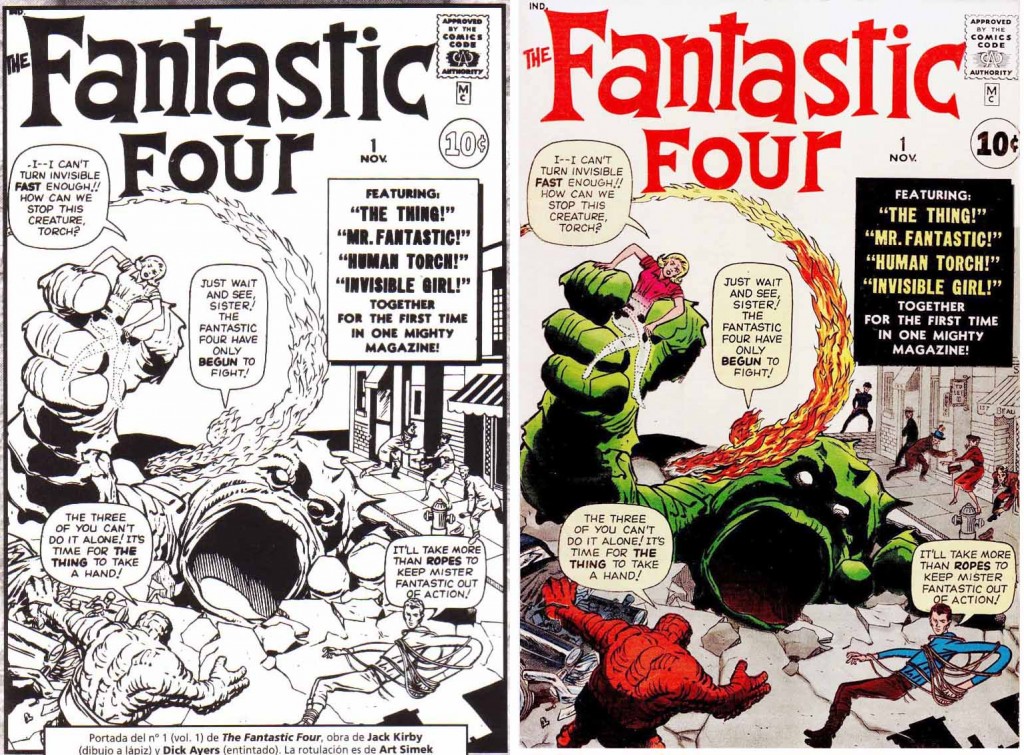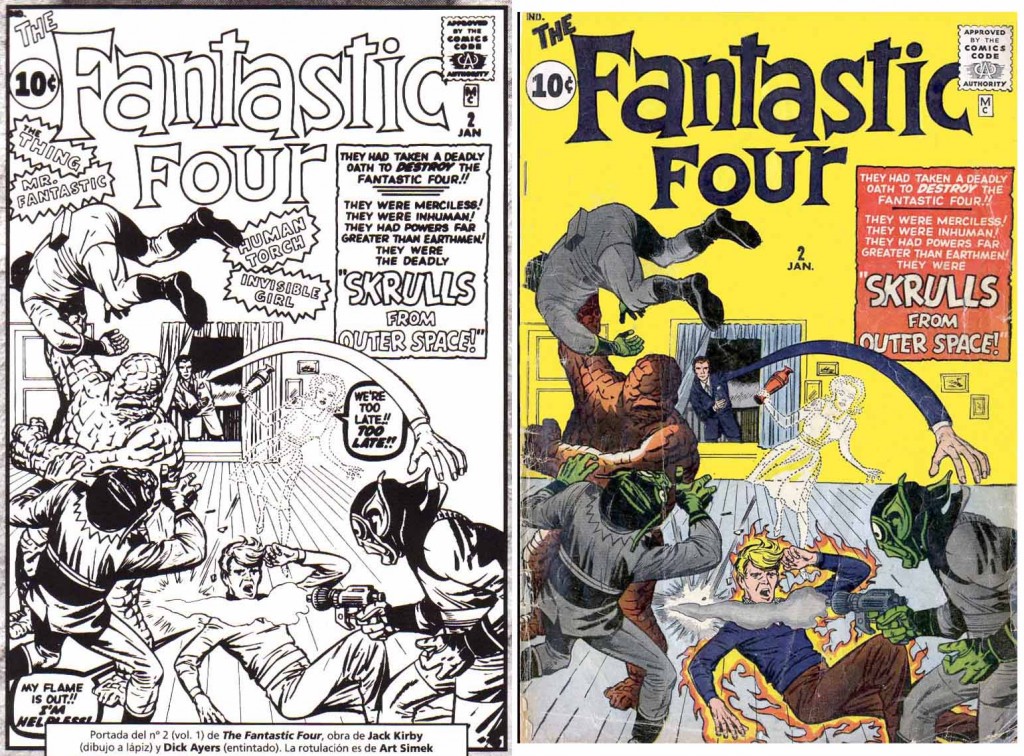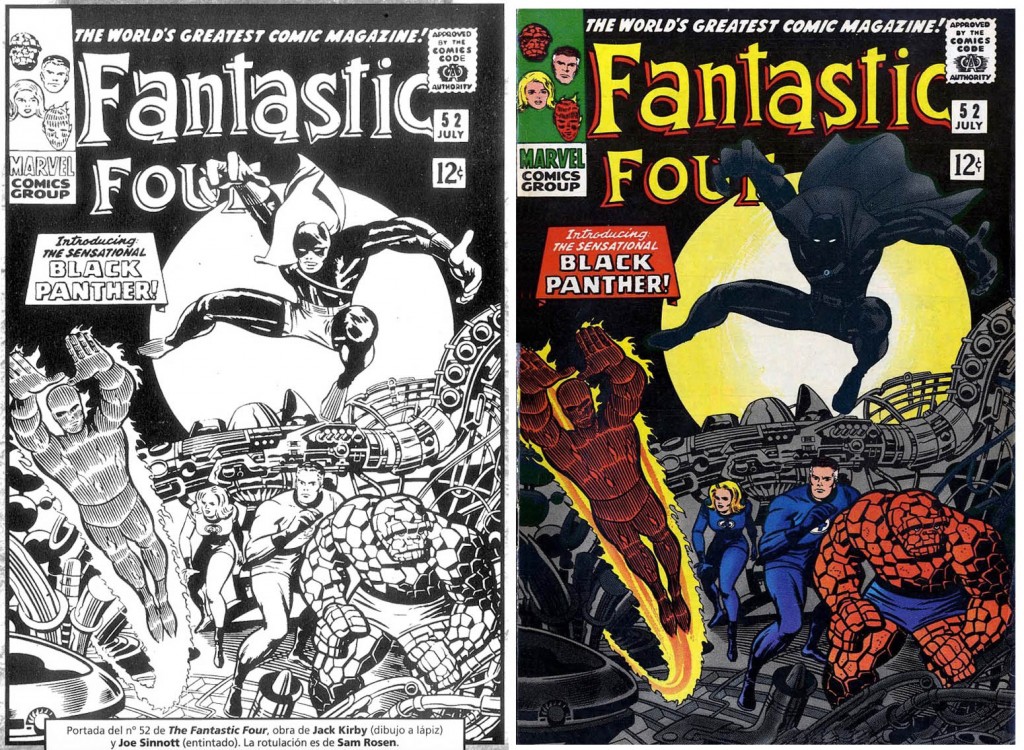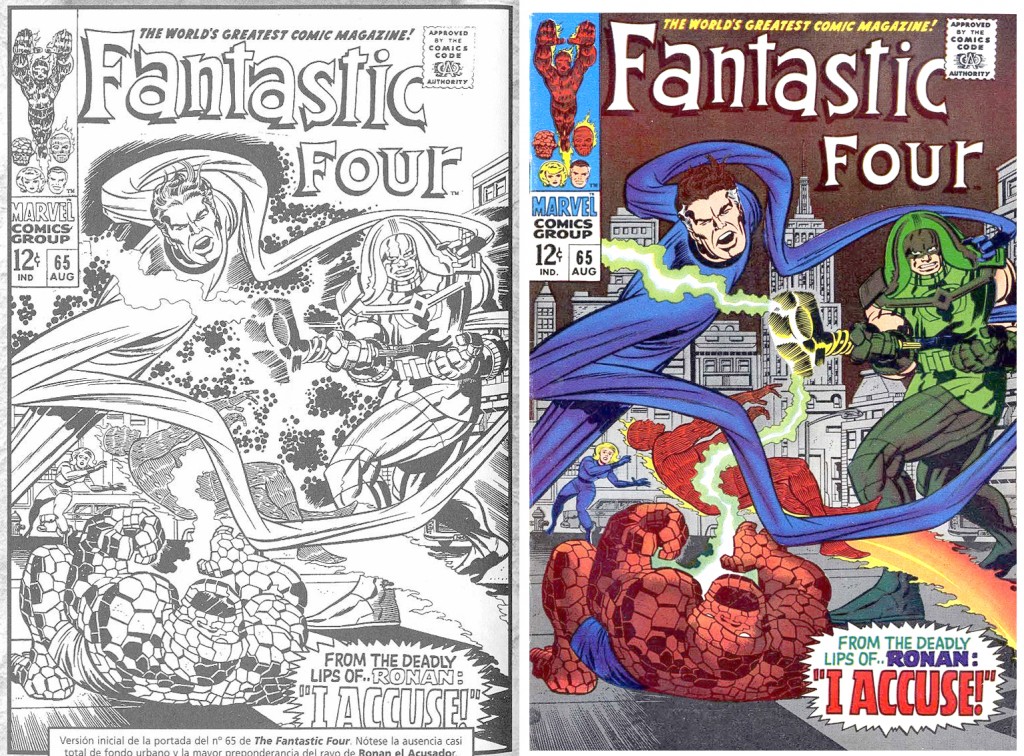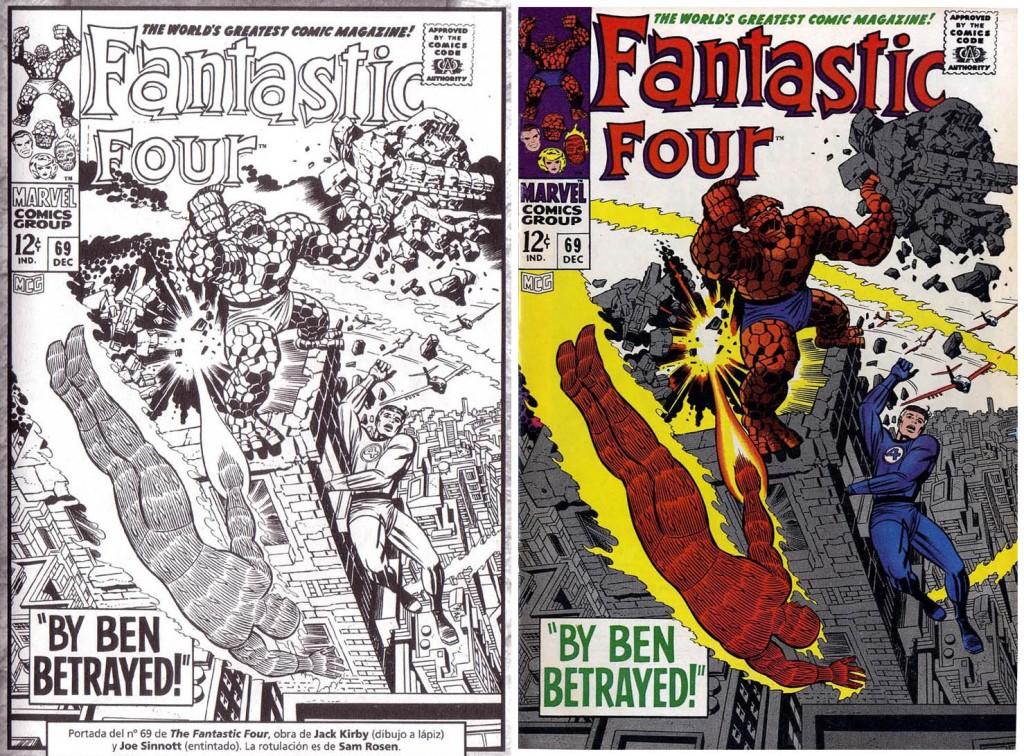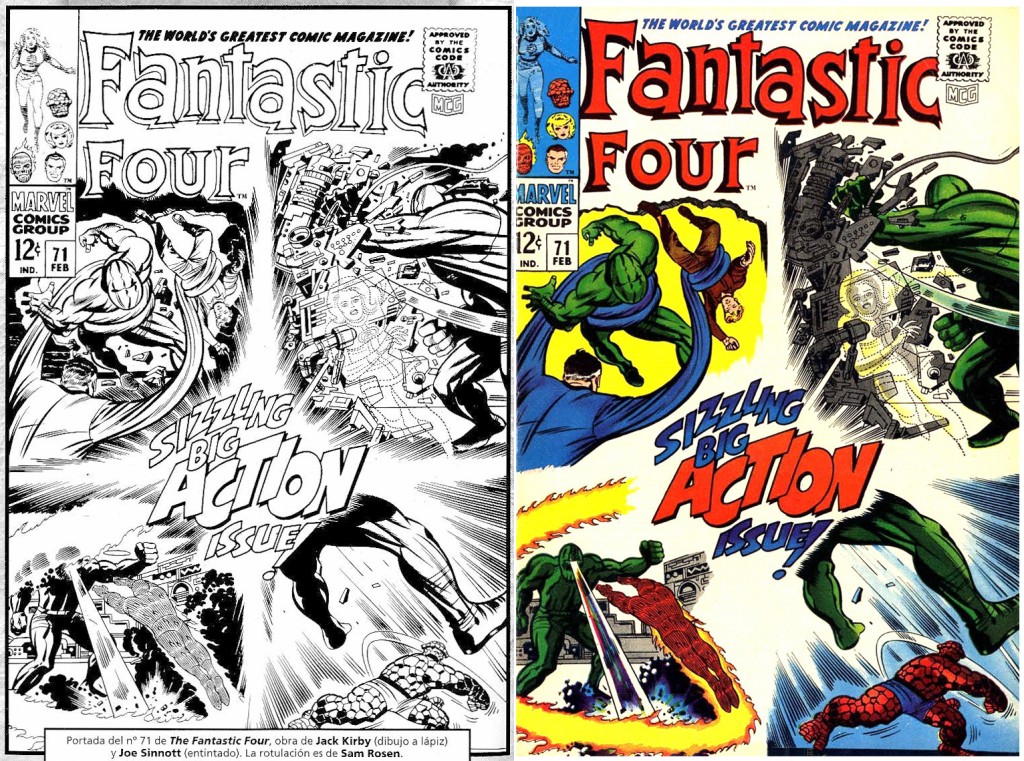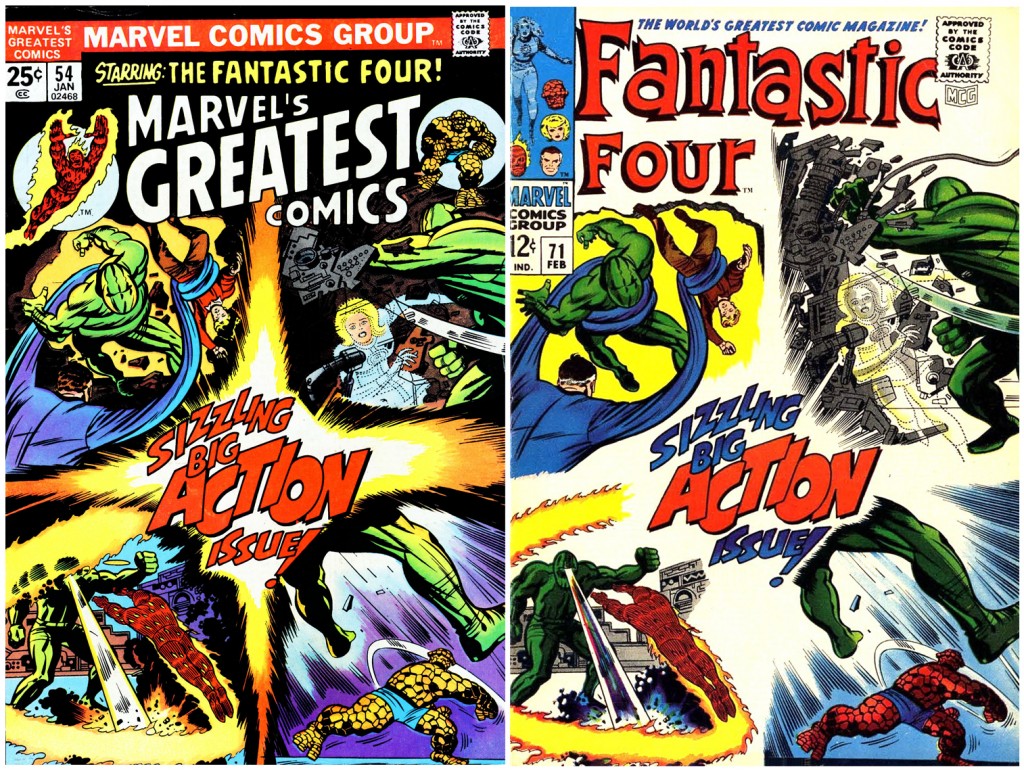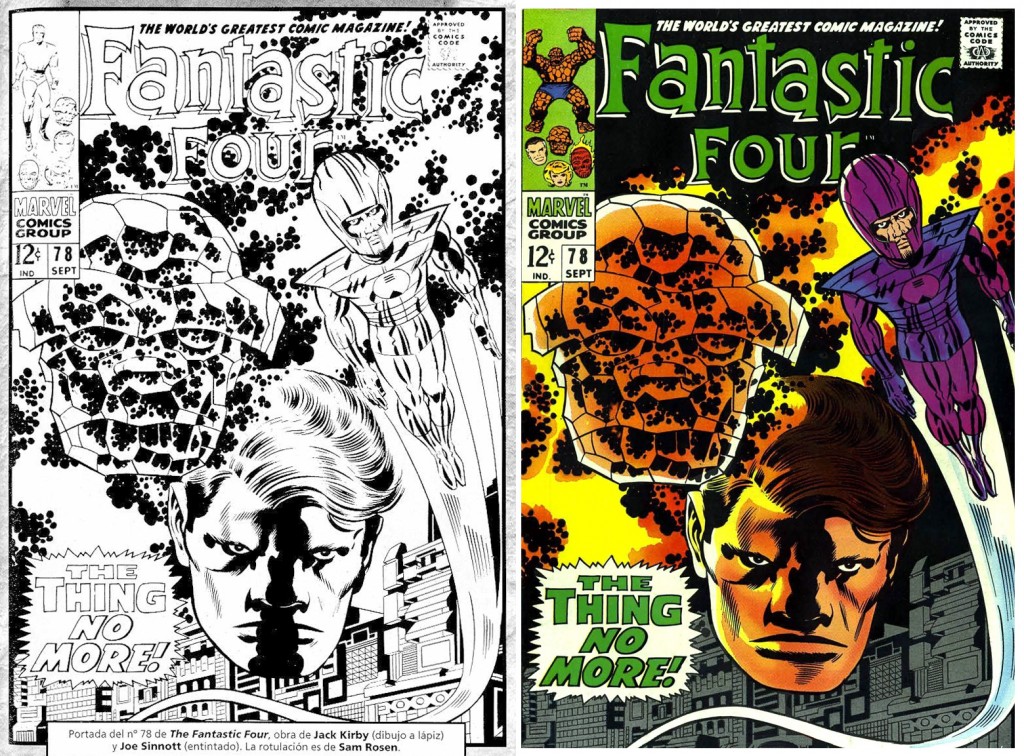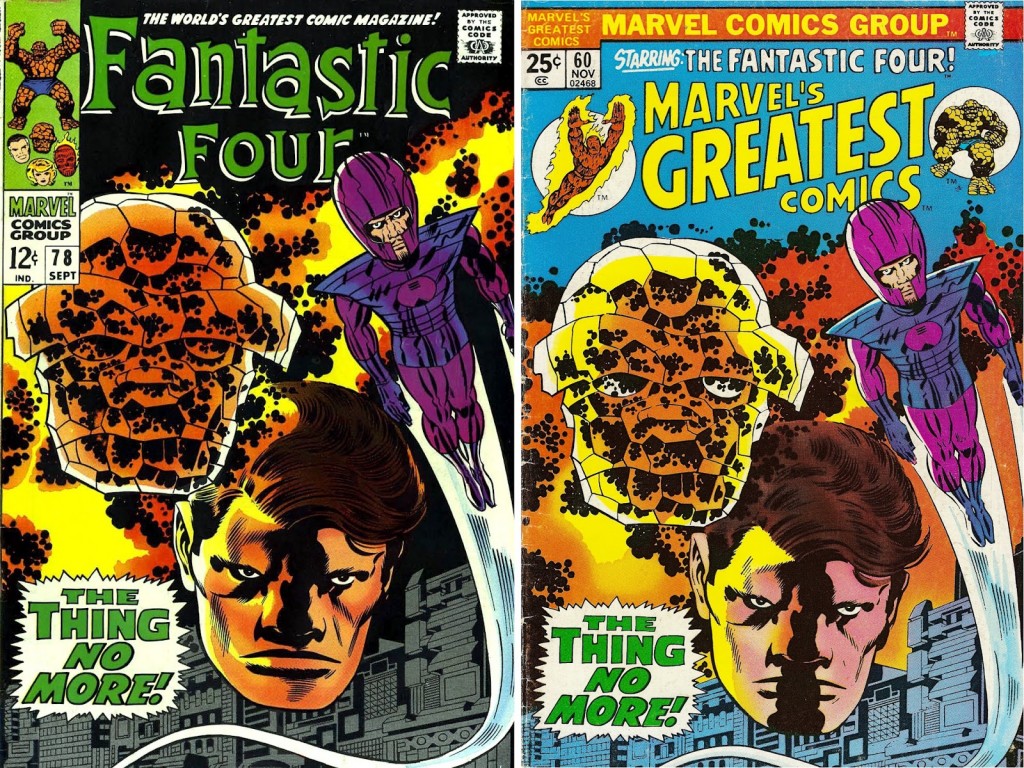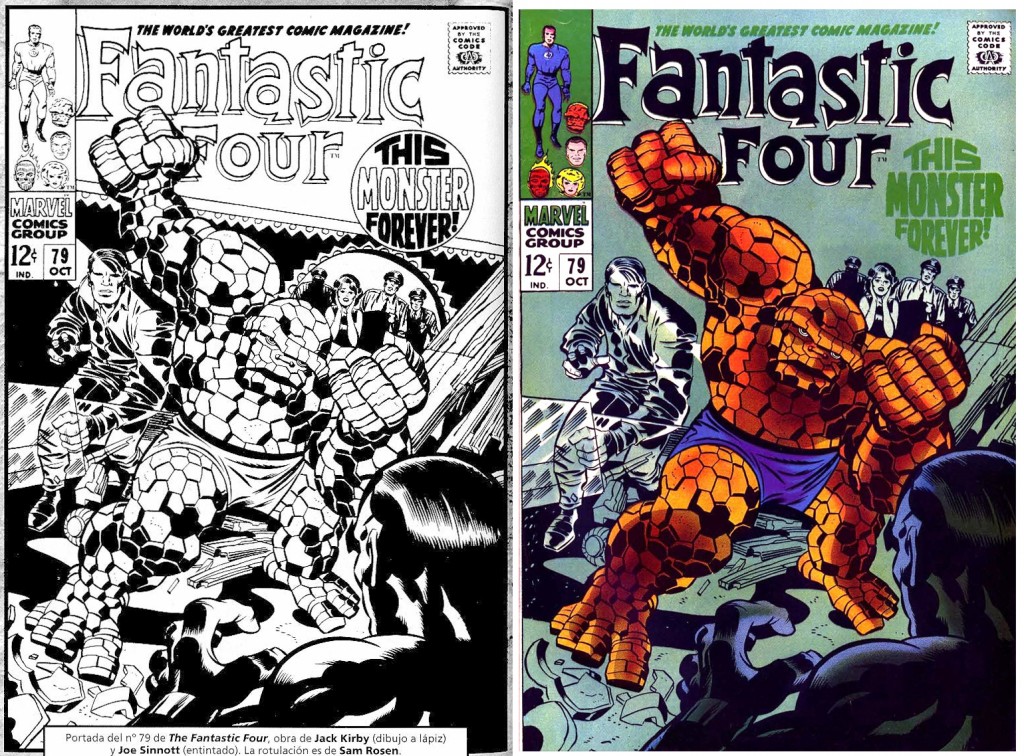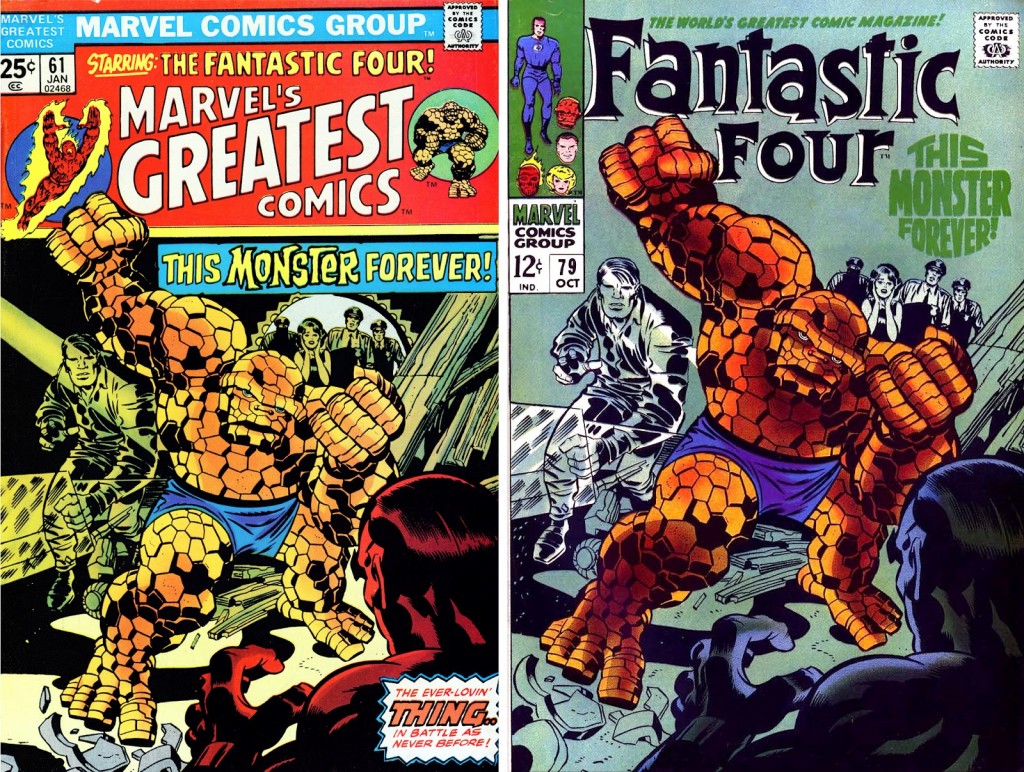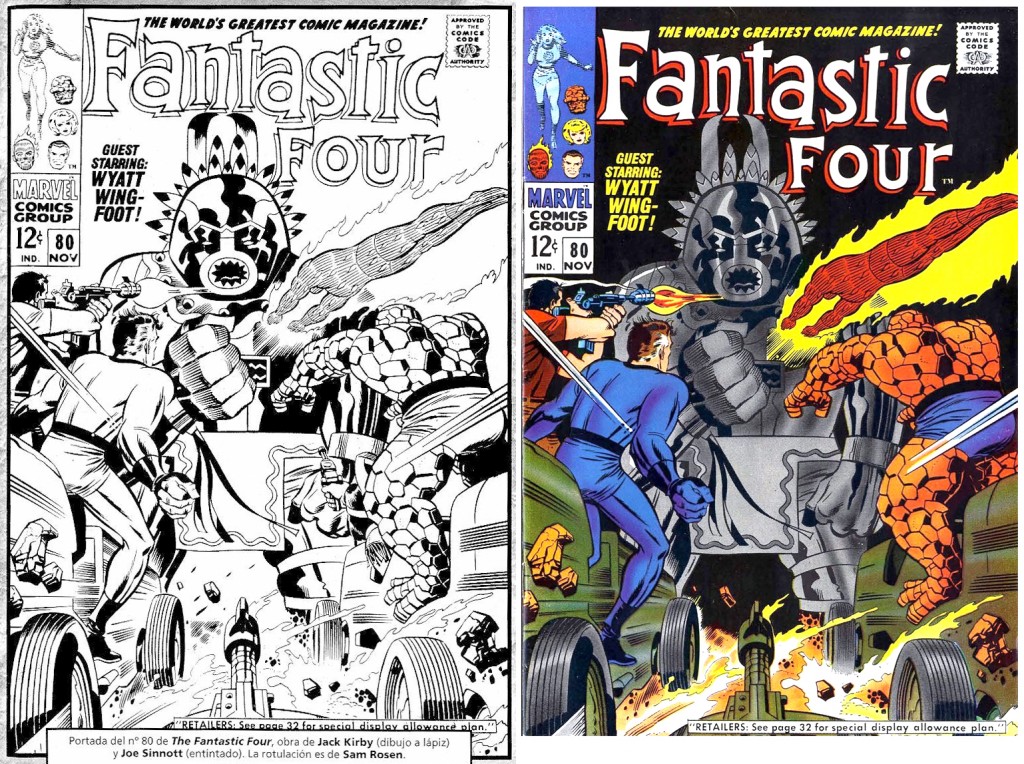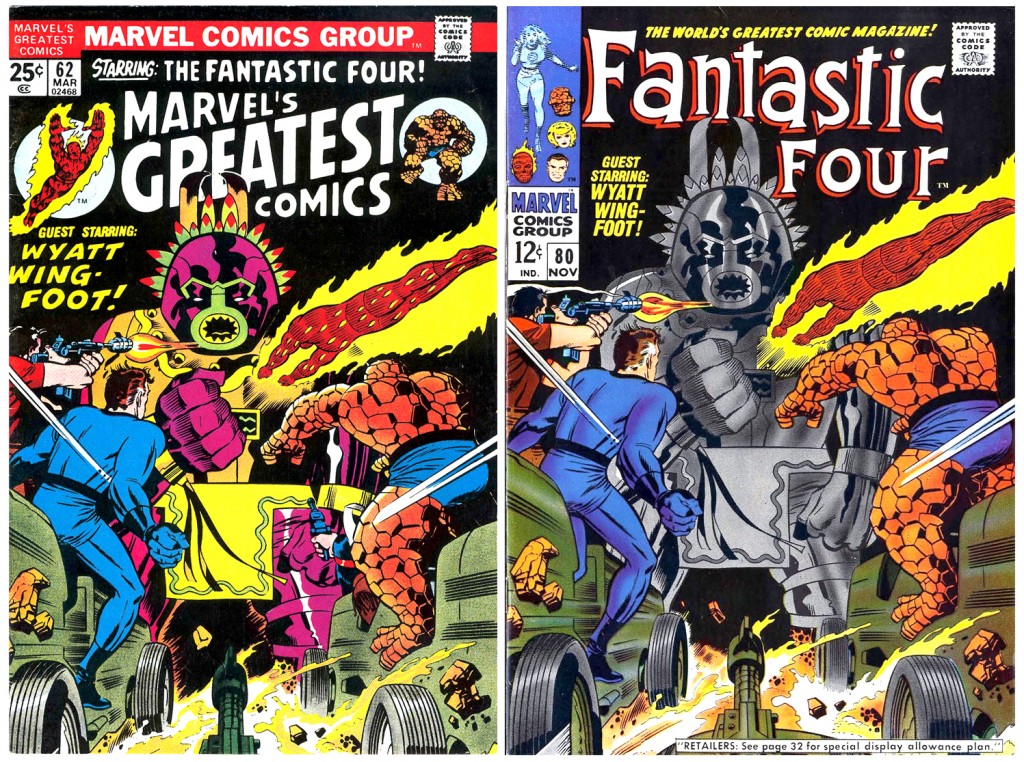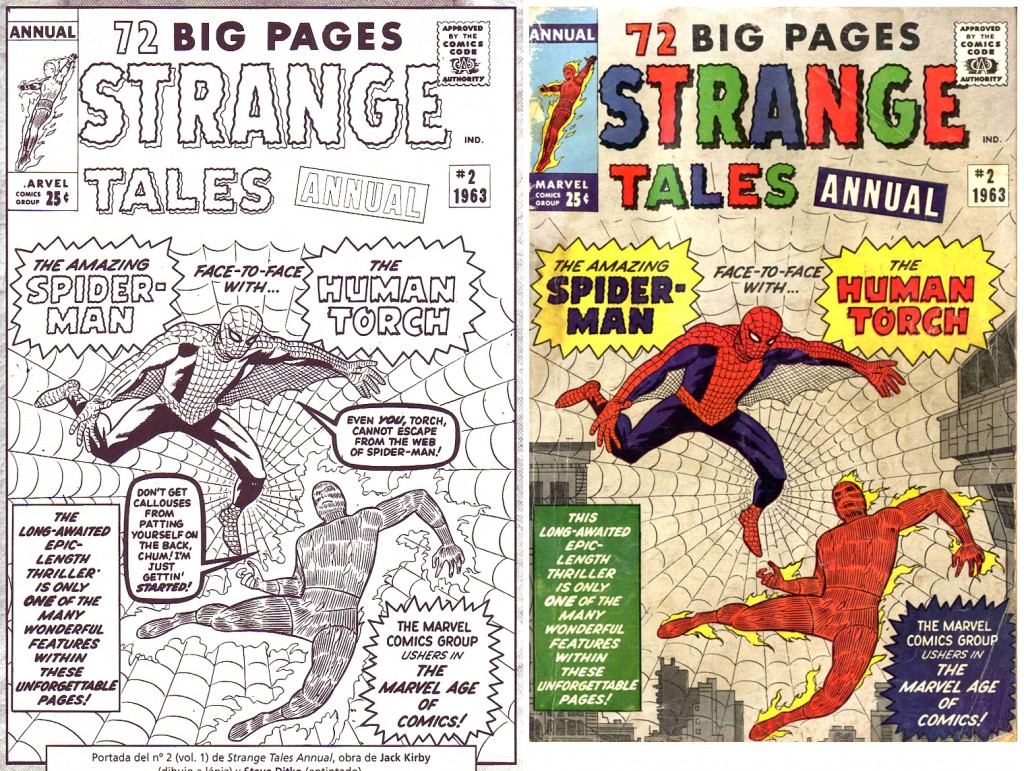I posted in January about Looking Ahead: The Vision of Science Fiction. Soon after I posted, I found co-editor Dick Allen online, listed as Connecticut State Poet Laureate (2010-2015), so I sent him an email. He responded a few days later, with a postscript from spouse and co-editor, Lori:
***
Dear Rand Hoppe,
I pulled out a copy of LOOKING AHEAD a few nights ago and reread the Jack Kirby comic, as well as the other material (which you also posted on the excellent website).
Here, as best as I can recall, is the background of the inclusion:
In 1967 or 1968, as a young professor at Wright State University in Fairborn, Ohio, I’d become fascinated with the changes in science fiction since I’d started reading it early in my high school years. It seemed to me to be an important part of contemporary literature, and yet was scorned by Academics. There was, however, a small group of SF fans who were also English professors, and they had a small panel on SF at an Modern Language Association Convention in Chicago, which I attended.
I was taken aback to see that everyone in the room was in his (no hers) 60s or 70s, and all they could see in SF was its slight historical importance. And I was interested in its political, social, cultural importance, as well as its growing stylistic advances and relevance to the changes coming upon us at the end of the 1960s and start of the 1970s. I thought science fiction studies should be taught in college classrooms. Others scoffed.
Nonetheless, a fine editor (William Pullin) at Harcourt Brace agreed with me, and accepted my proposal for my first college textbook/anthology, SCIENCE FICTION: THE FUTURE. To make it “acceptable” by academics, I included what I considered important SF work or SF-oriented work by such as Nathaniel Hawtorne, Isaac Bashevis Singer, Donald Barthelme, Kurt Vonnegut, Jr., E.M. Forster, Kingsley Amis, Arthur Koestler, Susan Sontag, the great contemporary poet Richard Wilbur, and others, placing alongside this work pieces by H.G. Wells, Isaac Asimov, Robert Heinlein, Roger Zelazny, etc.
To our astonishment, the book was a major hit, adopted by schools throughout the nation (and world), taught as a reader in college freshman classrooms and in high school advanced classes, but also used as a book to allow professors to teach SF as an actual genre course (like “Satire” and “Comedy and Tragedy”).
It sold over 100,000 copies and within two years had 28 competing SF college texts.
Its success led my editor to ask for a second anthology along the same line. For this one, however, I didn’t have to be as careful about wining over college professors. With my wife, Lori Allen (then a SF writer; now, a poet writing as L.N. Allen), as co-editor, we were able to take more risks with LOOKING AHEAD.
One of these risks was to include an entire comic book in a college text/anthology.
The background here was that our son, Richard, now a United Methodist Minister in Sayville, Long Island, had become an utterly devoted comic books fan, and especially a fan of Jack Kirby’s work. He convinced my wife to read such comics as “The Forever People” and my wife convinced me to do likewise.
We had become convinced that serious quality literature, the kind beloved by academic journals and stuffy review magazines such as the NY Times Book Review was then, had reached a dead end and needed a good infusion of plot, action, heroism, return to some Romanticism, and the like. We were also convinced that the genre of SF or science fiction was increasingly a MAJOR way of examining the changed consciousness the world was entering (computers just beginning, space travel, modern warfare, youth revolution, sexual revolution, civil rights, gay rights, women’s revolution, and on and on).
The acute change of consciousness of the late 1960s-early 1970s was, we felt, reflected in the changing comics (with both Marvel and DC almost always SF-oriented) and at the time the best representative of these comics was this issue of “The Forever People.” It was particularly notable for its use of irony and humor, its myth-making, and most especially for its humanization of Superman, who realizes he’s actually a minority of one on the planet Earth, longs to return to be with others like him, but decides at the end of the comic that he will sacrifice his own desires for the good of others, for the good of humanity, for the good of the planet. This, of course, was a prevailing new mindset in the late 1960s-early 1970s–one which remains in the “Occupy” and “Green” movements, among many others. Additionally, we loved what looked like an allusion to Robert Heinlein’s very influential novel, STRANGER IN A STRANGE LAND, when Superman realizes that’s what he is!
Myth, religion, importance of popular culture, all were intertwining with the consciousness revolutions.
With the help of William Pullin, we got a reluctant and somewhat mystified DC Comics to allow us to reprint the comic, without charging us too much for reprint fees. And Harcourt’s book designers and printers found a way to reproduce the comic effectively in LOOKING AHEAD’s pages.
So, in our own way, we were maybe partially responsible for breaking the college barriers for science fiction and comics and popular literature as legitimate areas of study by academics and others (I’d also co-edited another genre volume: DETECTIVE FICTION: CRIME AND COMPROMISE, for Harcourt, which made possible other genre studies courses, and later a revised SCIENCE FICTION: THE FUTURE). All sold pretty well. LOOKING AHEAD, as I recall, sold about 50,000 copies. And after the initial shock of having an actual comic in a college classroom, professors grew accustomed to how our literature has changed.
As indeed it has, as you know and certainly the great Jack Kirby sensed deeply.
And the world of literary fiction has certainly changed, I think for the better, and we now get to see such perception altering movies as AVATAR and the STAR WARS movies, and so many important hero-stressing, archetypal movies, using comics as their basis, I long ago lost count. I felt, since the 1950s, that SF was THE form of literature best able to communicate to readers the nature of the world we were entering. This intuition seems to have been born out, sometimes to the extent to my wife and me feeling almost guilty about encouraging so many “pop literature” studies which students may take instead of Shakespeare and Milton and “The Eighteenth Century in Literature.” 🙂 or :-(.
Hope some of this nostalgia may have amused you.
All best wishes and further congratulations and thanks for your work with the Jack Kirby Museum.
Dick
P.S. Lori’s comment, when she checked over the above:
“This was a great age of comics. Saddens me that now comics are read mainly by young adults, not by children, and that there’s so much more action than text that we’re nearing the world of Fahrenheit 451.”
***
Thanks, Lori & Dick!


